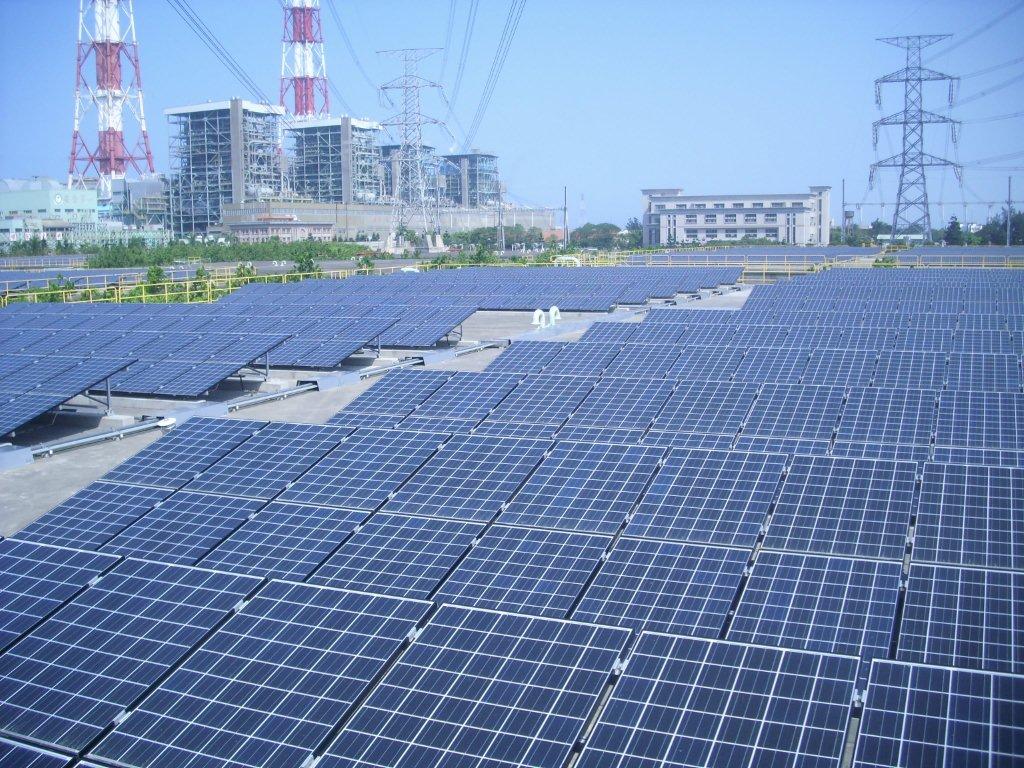China’s 31/5 policy change, and India’s 25% safeguard tariffs are wreaking havoc on Taiwan’s solar cell manufacturers.
The latest in a string of negative announcements, Motech Industries Inc. has said more jobs will go – 60 according to local media – in addition to the around 300 workers it laid off in September, and the scaling back of capacity.
“Facing severe challenges and difficulties in the solar industry recently, the Company has implemented multiple plans to reorganize and adjust the corporate strategy,” said Motech in a filing to the Taiwan Stock Exchange (TWSE) on September 25. “Considering the current operational situation, the Company attempts to downsize the supporting personnel resources, after the adjustment of production capacity, approximately 2% of total employees, so as to lower total cost and improve our operation efficiency,” it continued.
Today, in another TWSE filing, Motech says it has received a NT$4.8 billion (US$157.3 million), three year loan from the Changhwa Commercial Bank and eight other syndicated loan consortium, “To refinance existing loan and to replenish working capital.”
Morgan Kuo, executive advisor at WiSolPro Consulting told pv magazine, “The TW$4.8 billion band loan was done in this Jan. But the financial loss in 2018 H1 was TW$3.14 billion and caused the resign of ex chairman PH Chang on Aug 6th.” he adds that Motech plans to keep just 200 MW of PERC capacity in Taiwan, and will sell off its other cell lines. “Originally Motech wanted to move cell lines to China, but gave up after Ma'Anshan govn't & Xuzhou govn't refused to provide the budget for the moving of cell lines in Aug. Motech has no other choice and was forced to cut the workforce gradually,” he said.
In another statement, released on September 28, Green Energy Technology Inc. said it was letting 203 workers at its Southern Taiwan Park factory go in response to the current “market volatility”, and to “adjust effectively production capacity and enhance the company's competitiveness and operational performance.”
“In order to keep the Company’s core competitiveness, GET actively develops new generation of smart power and automated manufacturing technologies to enhance production efficiency and product competitiveness, hoping to make GET a long lasting energy company,” it added.
Commenting on the news, Kuo said GET's two major customers in Taiwan are Motech and Inventec. While the former received no orders for multi silicon cells in September and October, the latter's orders for multi silicon cells are declining, from 90% in August, to 60% in September and 15% in October.
“The sales revenue of GET decline significantly and the forecast of multi wafer demand in Q4 is bare to be seen. The GET's cash cost of wafer fabrication is over $0.32/pc and greater than spot price $0.285/pc. GET announced that their new product will be light module (no glass) in Energy Taiwan 2018. That's hint of the cut of workforce of wafer BU,” said Kuo.
UREC merger
Popular content
Today officially marks the day Neo Solar Power Energy Corp. (NSP), Gintech Energy Corporation and Solartech Energy Corp. join forces to become the United Renewable Energy Company (UREC). However, the new company did not get off to quite the start it will have been hoping for.
Indeed, Focus Taiwan News Channel reports that shares of the new company have already slipped – 2.86% to NT$10.20 (US$0.33) – on the back of the global supply glut, resulting from China’s PV policy turnaround, and nervousness around the aforementioned layoffs and restructuring announcements. Commenting, Morgan Kuo said that local investors are “pessimistic” and “doubtful” as to UREC's profits in Q4 2018 and Q1 2019.
The three companies are aiming at vertical integration, from wafer manufacturing to module supply, as well as further downstream into project management. Analysts expect UREC to initially focus on Taiwan’s domestic market, which has set an ambitious target of 20 GW of solar installations by 2025.
At over 4.5 GW, the combined production capacity of the new company, however, exceeds local demand. As such, the company also has set its sights on other, global markets and on reducing the industry’s dependence on modules from mainland China.
WTO wrangle
In addition to the effects of China’s policy change, Taiwanese cell makers are also struggling to deal with India’s recently imposed safeguard tariffs on imports of solar cells, whether or not assembled in modules. Indeed, Taiwan is India’s third largest PV components supplier, next only to China and Malaysia. In 2017, it exported US$100 million worth of PV components to India.
The country has now joined Malaysia in requesting consultations with India via the World Trade Organization (WTO). Taiwan seeks to hold consultations “as soon as possible and looks forward to India’s positive response to this request,” reads the WTO notification, accessed by pv magazine India.
The article was updated on 01.10.2018 to include comment from Morgan Kuo.
This content is protected by copyright and may not be reused. If you want to cooperate with us and would like to reuse some of our content, please contact: editors@pv-magazine.com.



By submitting this form you agree to pv magazine using your data for the purposes of publishing your comment.
Your personal data will only be disclosed or otherwise transmitted to third parties for the purposes of spam filtering or if this is necessary for technical maintenance of the website. Any other transfer to third parties will not take place unless this is justified on the basis of applicable data protection regulations or if pv magazine is legally obliged to do so.
You may revoke this consent at any time with effect for the future, in which case your personal data will be deleted immediately. Otherwise, your data will be deleted if pv magazine has processed your request or the purpose of data storage is fulfilled.
Further information on data privacy can be found in our Data Protection Policy.